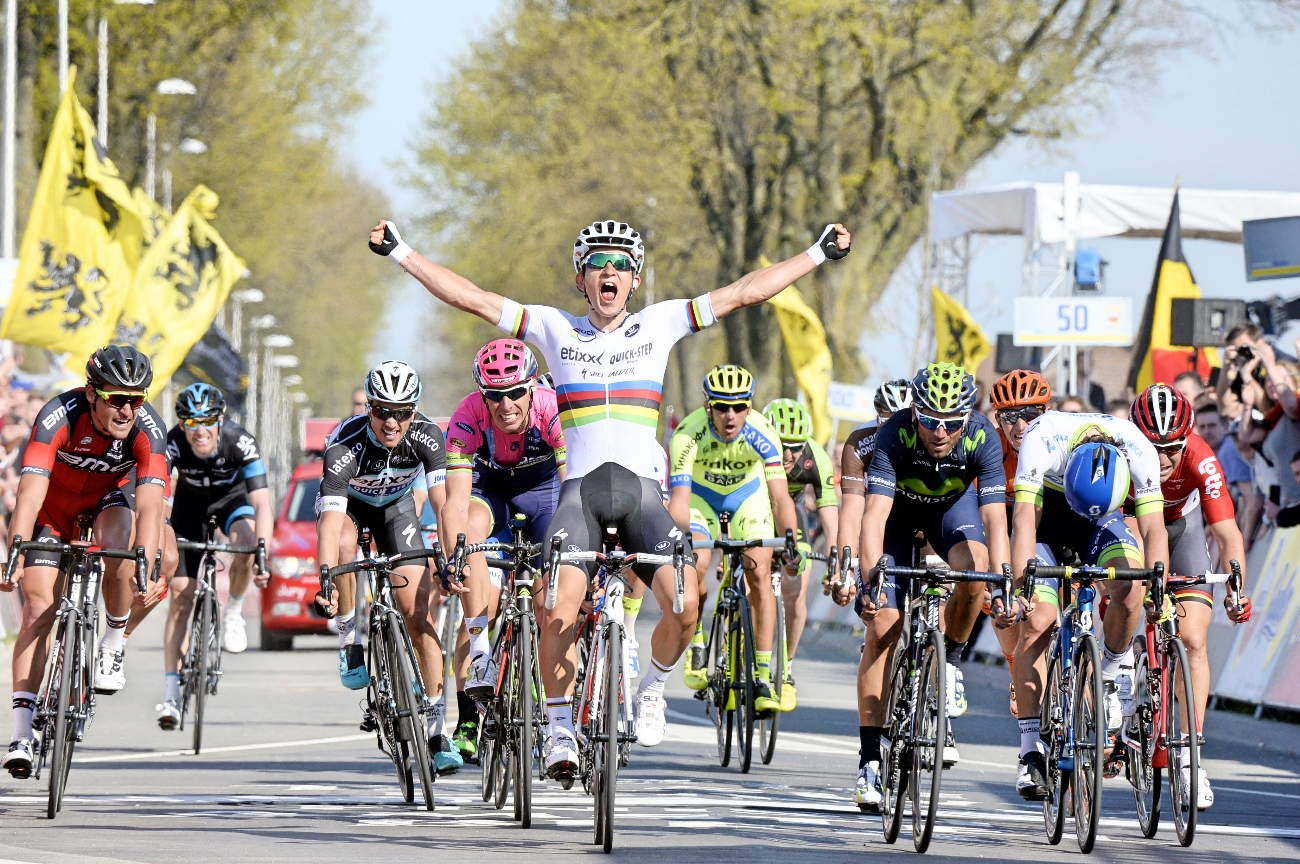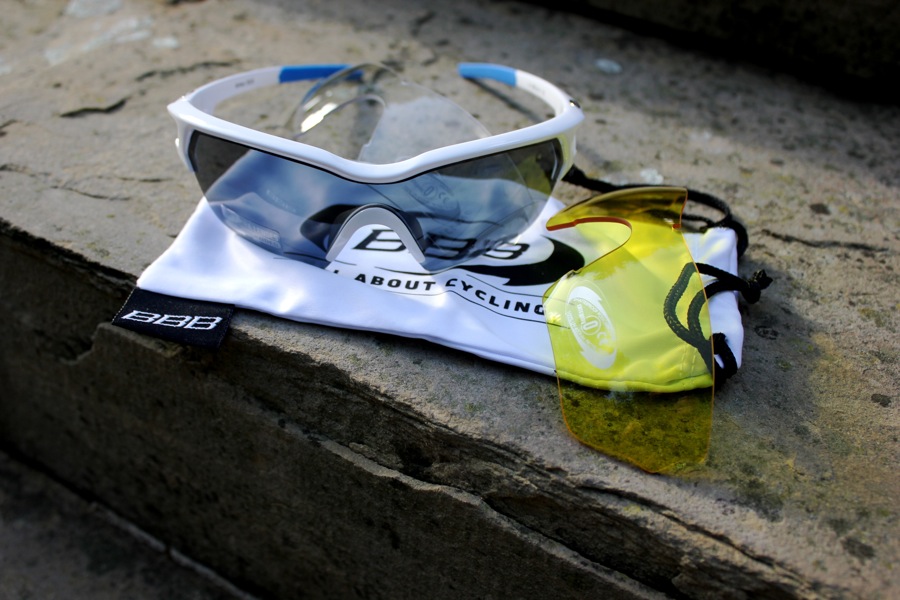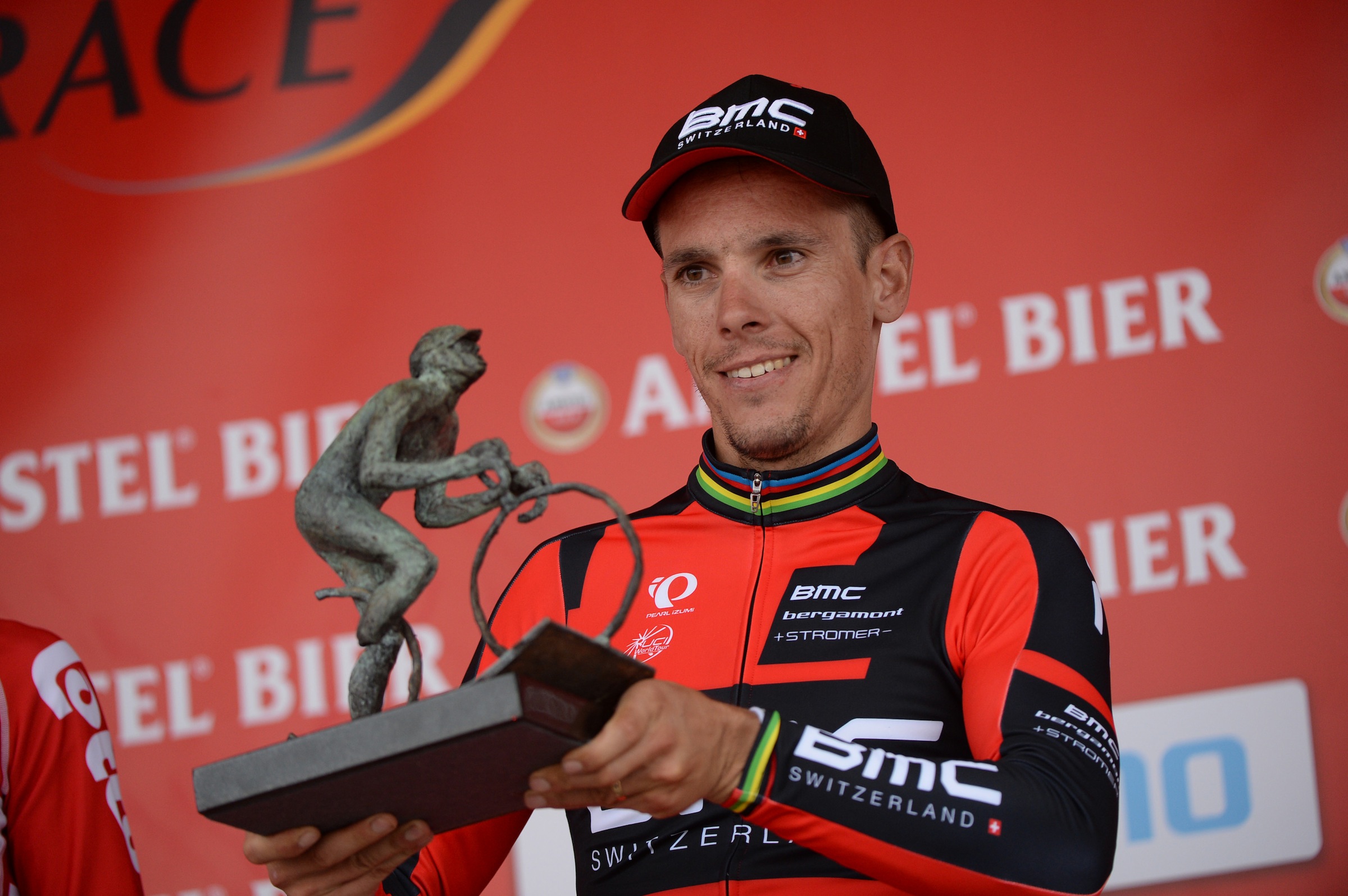Feet/ankles
-

Having an expert design your training plan can take some of the guesswork out of training, and also help to ensure you recover properly and don't overtrain
-
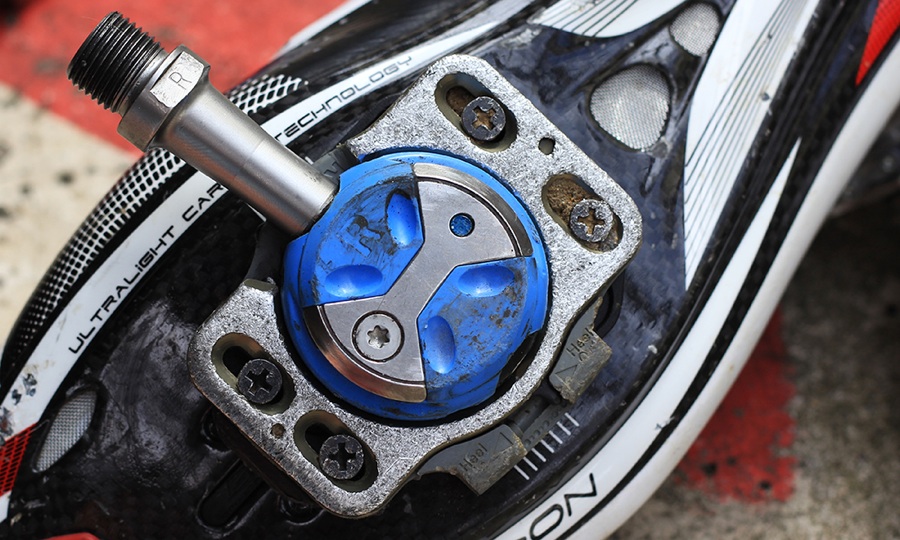
Cleat position is a common cause of pain
-
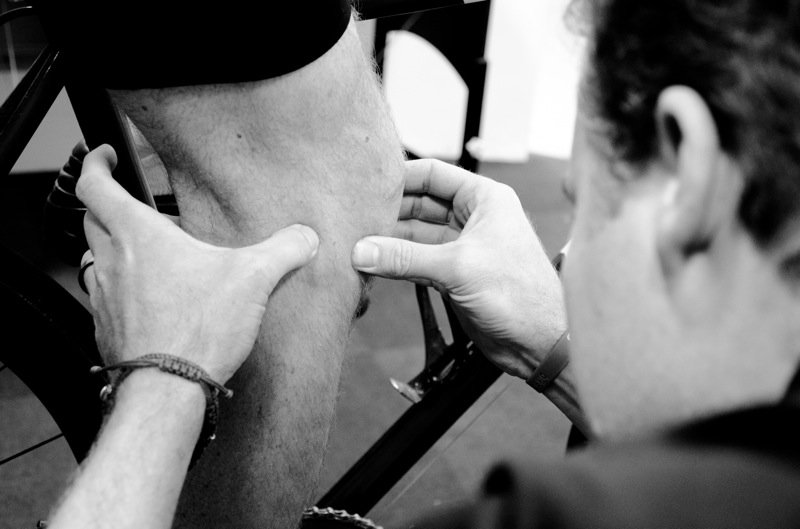
The knees are particularly susceptible to pain
-
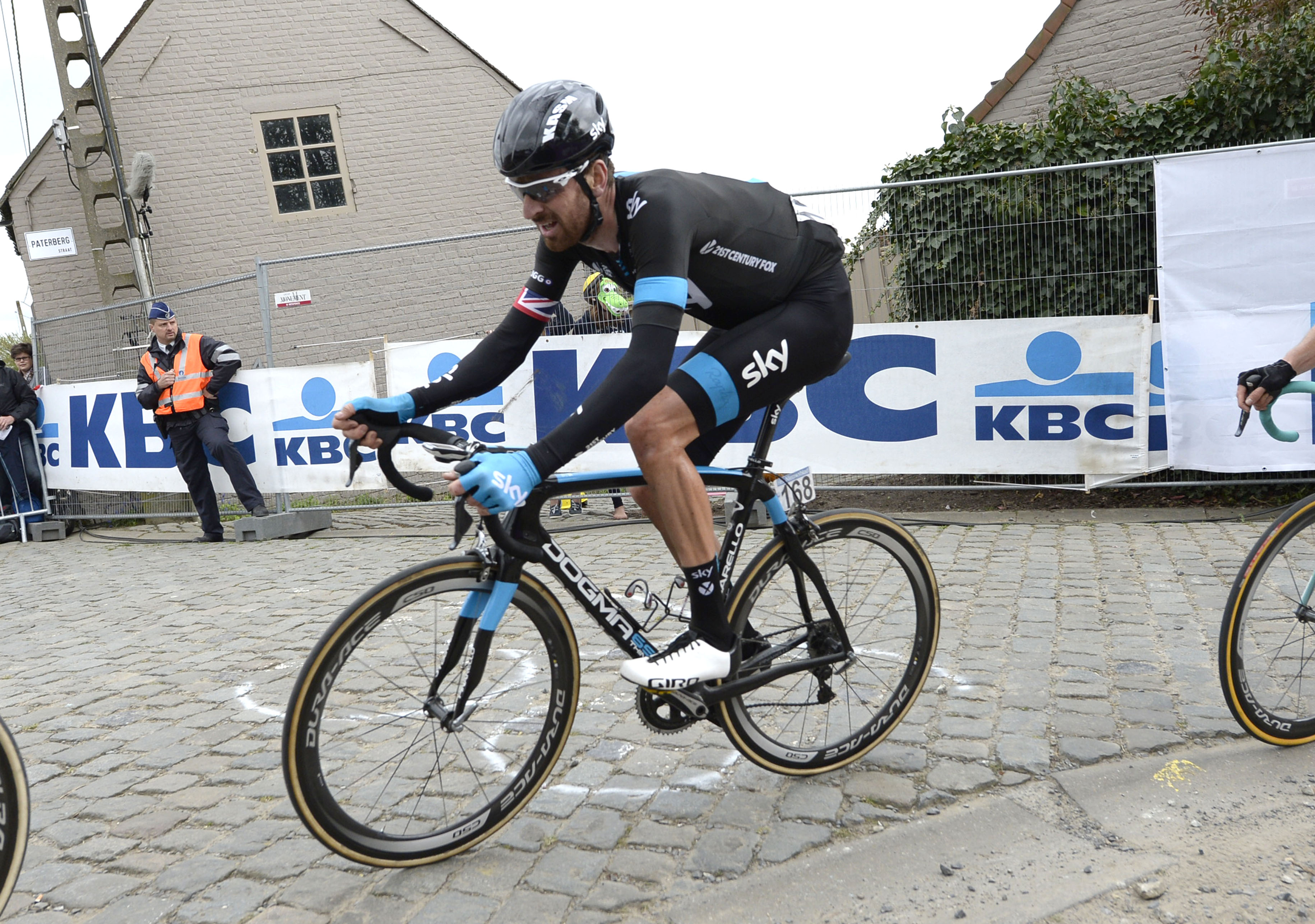
The aggressive, flat-back position of pros may not be suitable for you (Pic: Sirotti)
-
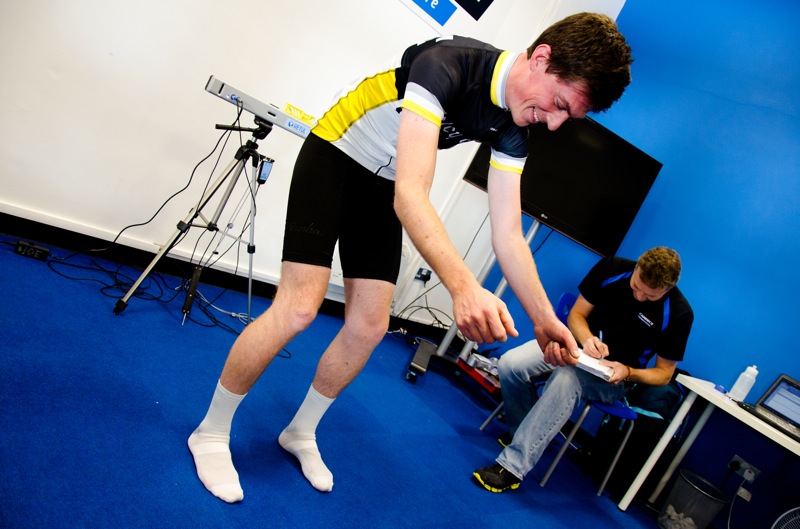
You elbows should have a 'soft bend' in them
-
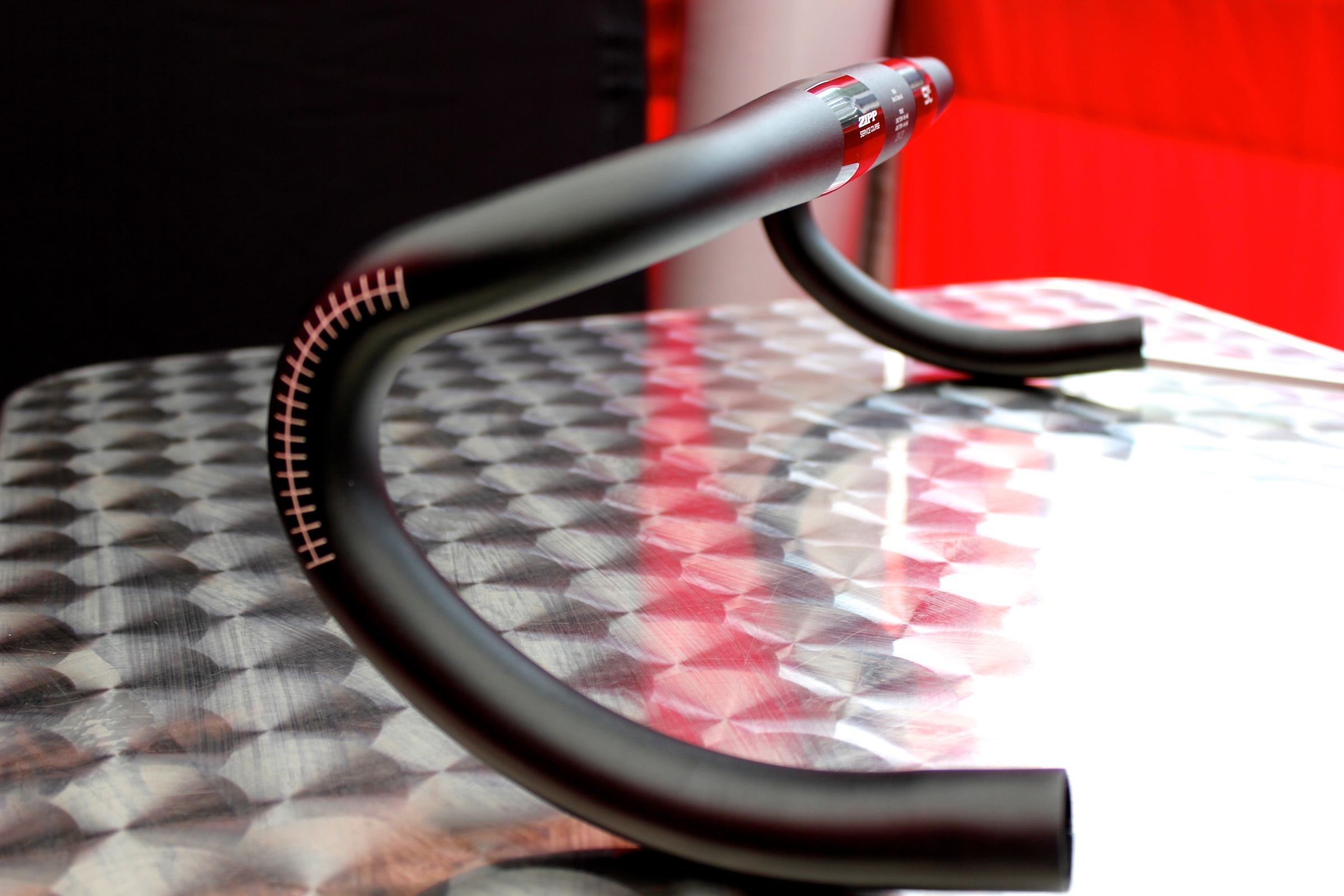
The width of your handlebar could be linked to pain in your hands or arms
-

Pay particular care to fit if you adopt an aggressive time trial position
Feet/ankles
Your feet are the most important contact point on the bike, according to Burt, and there, just to make things complicated, are many variables that can affect their position and comfort.
Cleat position is an obvious cause of pain, as is shoe size, but saddle height also comes into the equation, while discomfort can also be caused from what Burt describes as too much ‘ankling’.
Ankling is the rotation of the ankle and angle of the foot at the top and bottom of the pedal stroke, which, some say, can make for a more efficient stroke. The foot is angled with the toes slightly upward at the top of the down stroke and with the toes a little downward through the up stroke. However, Burt says too much ankling can be counter-productive and can also be a sign your saddle height is wrong.
“If your saddle is too high then it will hurt the Achilles, while the heel-down pedalling style can also cause Achilles pain,” Burt explains. “If the saddle is too low it will go the opposite way and cause ankle pain.”
However, Burt says the ankle tends not to pick up many injuries related to a bad fit, whereas feet are more susceptible.
“If your feet hurt, either your shoes are too tight, your cleat position is wrong or your saddle height is too high,” he adds. “More often than not it’s down to the size of the shoe or the cleat position. You get a bit of ‘hot foot’ going on.”
Hot foot – pain in the forefoot – can be alleviated by setting the cleat further back, allowing for a greater spread of pressure when pedalling. Burt’s general rule of thumb when setting up cleat position is to align the pedal spindle between the first and fifth metatarsal (the bit of the bone that sticks out on either side if you run your hand down the outside of the foot).
Your walking style should also be taken into account when setting your cleat position, Burt says. If you walk with heels in (‘duck-foot’ or ‘ten-to-two’ style) then your pedals should reflect this, as they should if you walk with your toes pointed in (‘pigeon-toed’ style).

